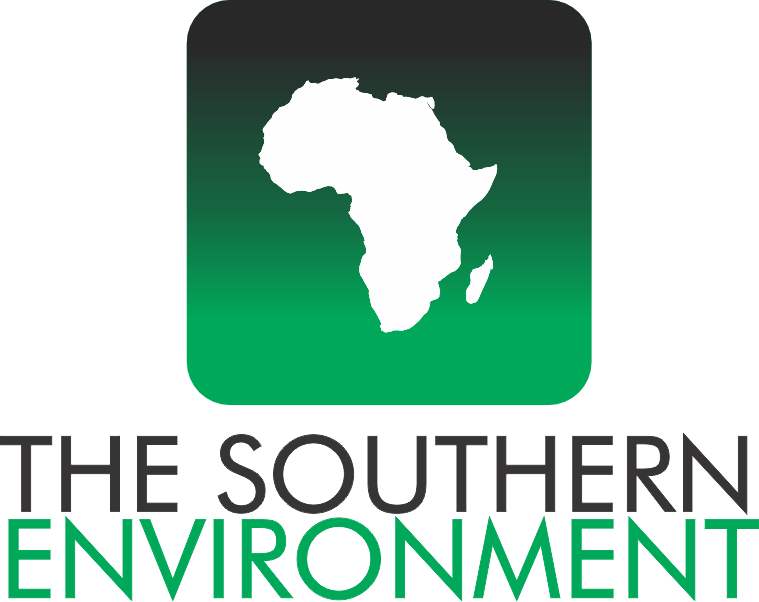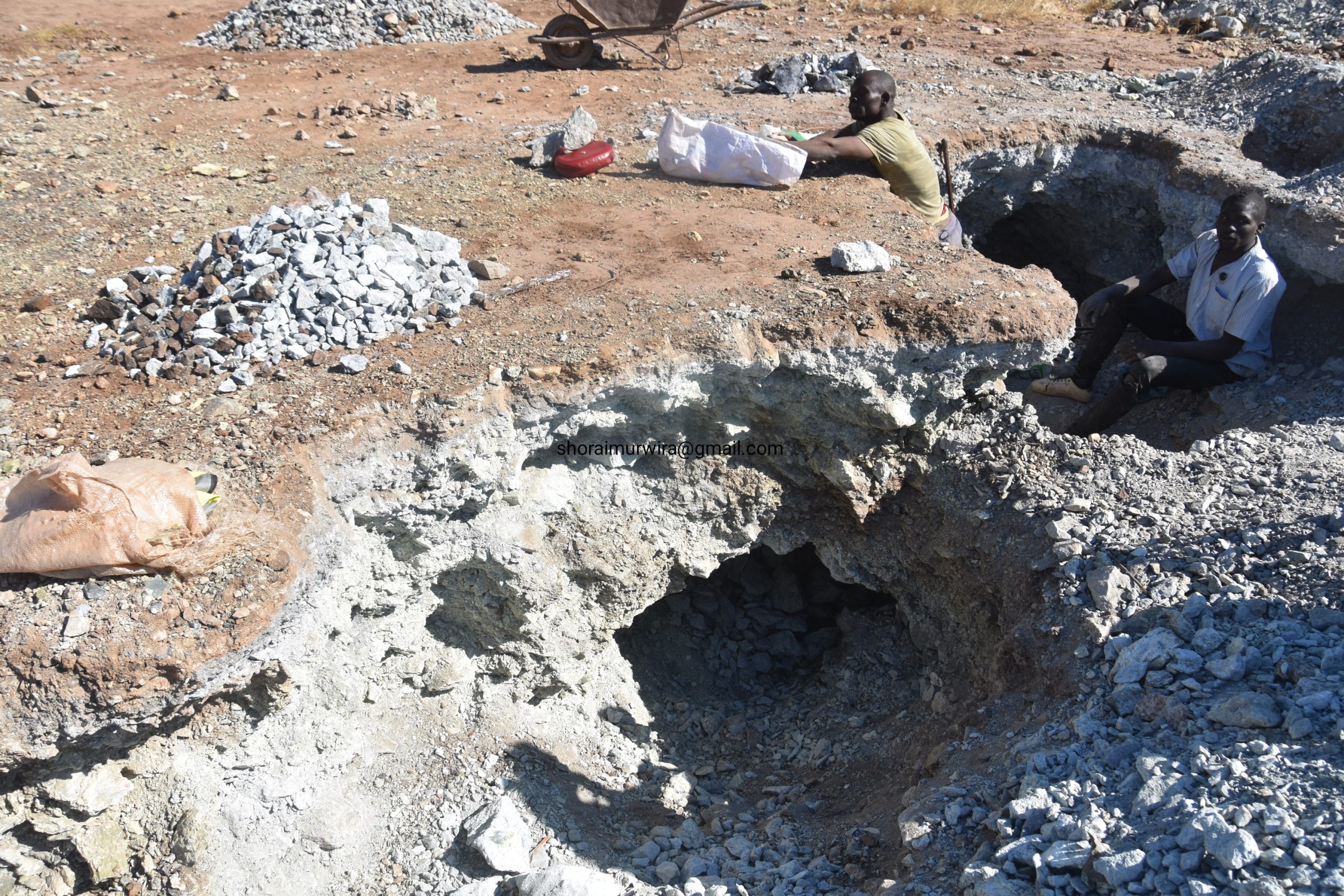…. RESIDENTS RAISED CONCERNS OVER INCLUSION IN CLIMATE POLICIES…
Hwange communities are grappling with the environmental, social and human rights consequences of extractive development.
The district is well‐known for its coal mining and power generation assets, which have long been considered central to Zimbabwe’s industrial growth. Yet behind the headline figures lies a different reality, communities who face degraded land, water contamination, health risks and diminished livelihoods.
Attending a Center for Natural Resource Governance (CNRG), One elder reflects “We were promised jobs. We were told that the coal would bring development. But the smoke comes and the river dries.”
He said this is a refrain that speaks to the mismatch between the rhetoric of “progress” and the lived experience of many local residents.
In his presentation during the event, Witness Dhlamini a researcher said that the effects of coal mining are reaching at an alarming level.
“More research needs to be done especially in the health area. You might find that high number of mentally challenges people are here in Hwange and it is the most air polluted area as well as one of the hottest.”
Sharing the same sentiments, Donald Nyarota, CNRG communications person said that studies have shown that those who worked in the mining areas or lived there for long suffer from mental illness.
In a side interview with one of the locals, a woman from Dinde area, stood by a riverbed, pointing to discoloration, “This used to feed our crops,” she says, “now my children ask why the water is brown.”
Another participant from the workshop who preferred anonymity said, “from a climate-perspective, coal remains a key driver of greenhouse-gas emissions. The local damage is a tangible manifestation of what climate justice scholars call “sacrifice zones” areas where economic growth sacrifices human and ecosystem health.”
The people of Hwange are living at the intersection of extractive energy, environmental harm and social inequality.









